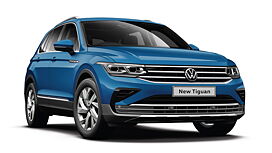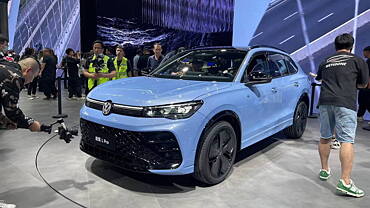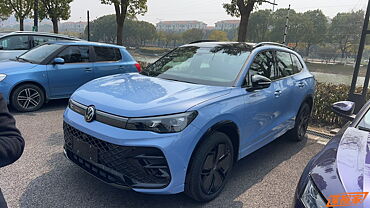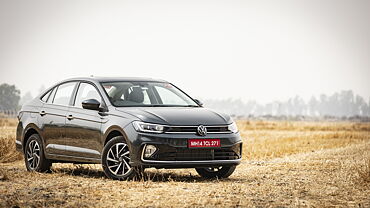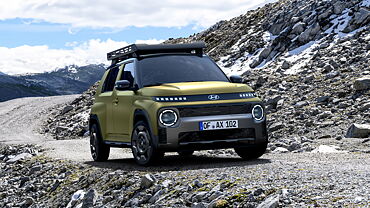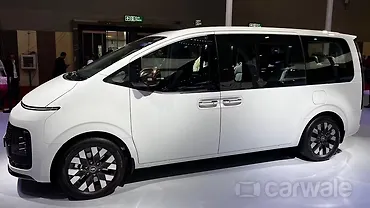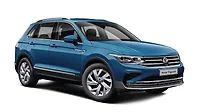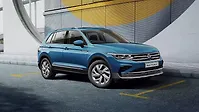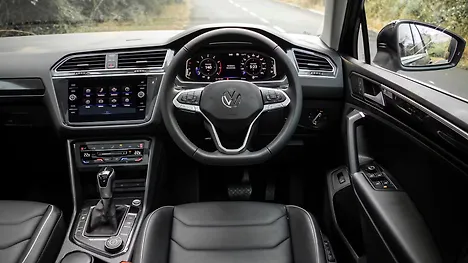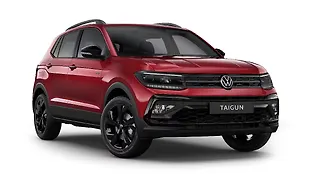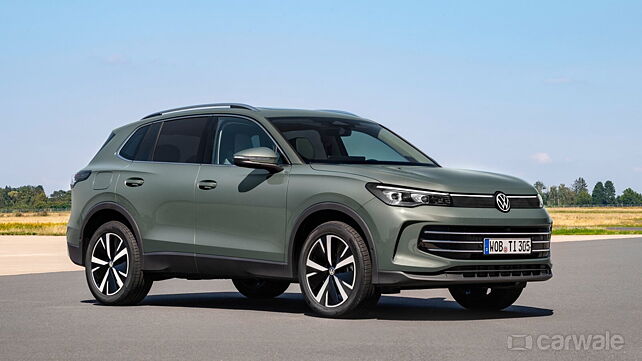
Volkswagen Tiguan – the most popular SUV from the German carmaker – has entered into its third generation. With over 7.6 million Tiguans on the road globally since the nameplate was revealed in 2007, the new-gen Tiguan debuts the newest PHEV powertrains.

The third-gen Tiguan is based on the newest iteration of VW Group’s trusted MQB Evo platform. It is longer by 30mm, but the height and width along with the wheelbase remain unchanged over the outgoing model.

In terms of appearance, the new Tiguan has a higher resemblance to the new ID family than ever before. It adopts a more rounded profile instead of being boxy and edgy like before. From some angles, you could mistake the new Tiguan for an ICE version of the ID.4.

It also gets the new VW IQ.Light HD headlamps. Along with the new design, even the drag coefficient is improved from 0.33 to 0.28. At the back is a new LED strip that connects in the middle as is the trend these days.

Dominating the new dashboard layout is the massive touchscreen which measures 15 inches. Meanwhile the centre console is minimalistic and devoid of any physical buttons. More ID inspirations are on the steering wheel and the all-digital driver’s display.

As for the new PHEVs, you get either the 201bhp or 265bhp versions where both use a 19.7kWh battery offering a range of 100km. The plug-in gets a charging support of 11kW AC or 50kW DC fast charger.

Apart from the PHEV, the Tiguan also gets a 48-volt mild-hybrid 1.5-litre four-cylinder and the new-gen 2.0-litre four-cylinder making 200-260bhp petrol engines. Even the 148bhp/190bhp 2.0-litre diesel continues to be offered with the new Tiguan.

Slated to go on sale in the international markets in the first quarter of 2024, we expect the new-gen Volkswagen Tiguan to arrive at the Indian shores either late next year or in 2025.

